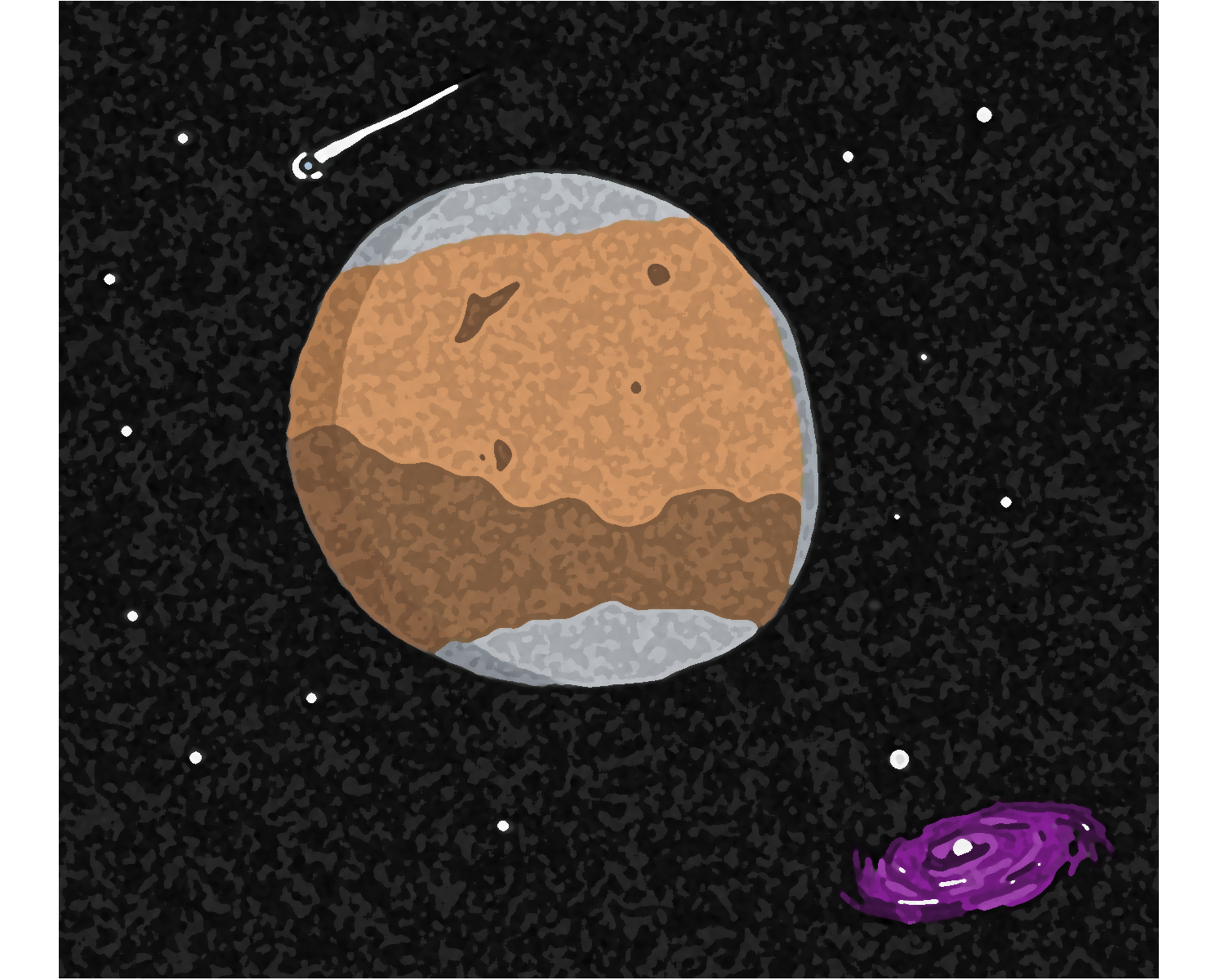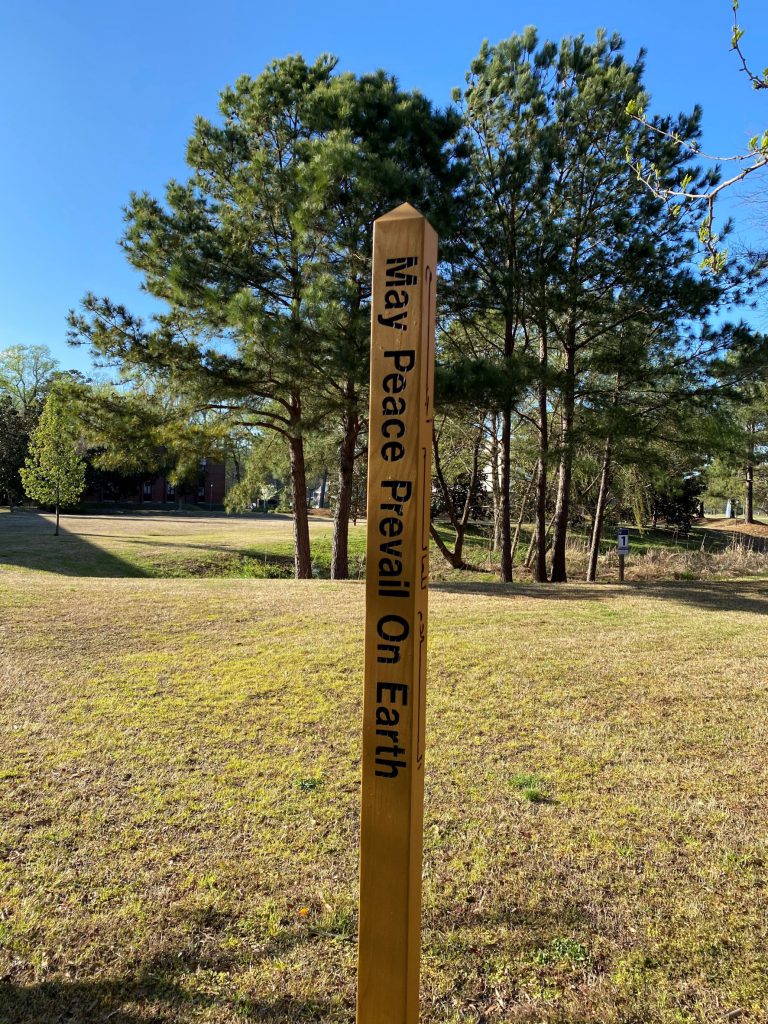Every person in NASA’s launch room sits forward avidly, listening to the meter countdown as the Insight draws closer to Mars. 200 meters. NASA has had eight successful landings on the aptly-dubbed ‘Red Planet,’ but this will be the first landing of its kind. 80 meters. The spacecraft is not on its projected course, and is heading for rockier terrain than they’d hoped for. 50 meters. Despite frantic calculations, they cannot tell where Insight will land, until— a woman says “touchdown confirmed,” and video feed will later show everyone standing and cheering.
NASA’s Insight spacecraft luckily landed without damage on the surface of Mars on Nov. 26. Watching the live feed couldn’t have been more nerve-wracking for everyone involved. The nearly-billion dollar exploration had been a success, but held everyone in suspense until the landing. The spacecraft missed the desired bullseye landing spot, but still managed to touchdown safely without any harm. The final landing spot was a mystery until it finally hit the surface.
Insight stands for Interior Exploration using Seismic Investigations, Geodesy and Heat Transport. It is not the first Mars landing, but it will be the first to venture beyond the surface. The other seven successful landers roamed the surface, captured pictures and looked for signs of life. Scientists are hoping that Insight will give a more of an interior exam of the Red Planet.
Currently on campus there is only one course designed specifically for astronomy. The course is Introduction to Astronomy, which fulfills a general studies requirement and is taught by Katrina Henry, who is also the department chair of physics. Professor Henry did not answer requests for comment by the time of publication. The course fulfills the Natural Science Laboratory (L) requirement. The class falls under the Physics department and is offered fall of even numbered years.
Though VWU has a rapidly-growing STEM program and is an expanding liberal arts university, there are no opportunities outside of the class for students to become involved in astronomy. The Batten Honors College has been explicitly linked with STEM fields. There are no student organizations, other courses, concentrations or majors offered. Additionally, there is also no psychics major or minor offered.
“A class studying the phenomena we call space would provide insight into an unexplored territory that is being uncovered more and more with the rapid growth of technology in our life,” senior Brady Fallon said.
In a randomly-selected pool of 20 students, 16 of them said they would be interested in taking astronomy courses if the courses were offered more regularly or if there were further opportunities to explore astronomy.
Despite the clamor amongst space and astronomy enthusiasts, and the general coverage from the media, some students on campus didn’t know about Insight. “ I didn’t hear about the spacecraft landing on Mars,” senior Cody Ellis said.
Others heard about the spacecraft landing as a result of their own curiosity. “I found out through Instagram’s ‘explore’ page,” sophomore Carter Collier said.
The field of astronomy is increasing every day and with the advanced technology that is being invented there are more and more people making huge contributions to their field. Astronomers study galaxies, stars, planets and any other celestial bodies. The field for astronomy and physics is growing at roughly ten percent each year and the fields are expected to offer nearly 2,400 jobs by 2022. The space program has been seeing growth for multiple years now and the research shows it. Not all astronomers work at NASA. There are thousands that work at universities and colleges.
Insight was launched on May 5, 2018 at 7:05 a.m. ET from Vandenberg Air Force Base on the central coast of California. It officially landed on Mars on Nov. 26, 2018 at 2:52 p.m. ET.
The exploration that began back in May was an astounding success. Different from the moon landing, Insight was designed for a rapid descent onto Mars. The new development of the parachute and landing legs provided an effective and efficient way to touchdown on the Red Planet’s surface. The total cost of the mission was nearly $830 million dollars.
This marks the first mission ever to another planet that left Earth from Vandenberg Air Force. It covered over 300 million miles during its exploratory path. The spacecraft uses two scientific instruments. The seismometer and heat-flow probe will allow scientist to listen to planets inner rumblings, measure certain movements of Mars while it orbits around the sun and measure the temperature of the Red Planet.
Mars is the fourth planet from the sun and the second smallest planet in the solar system after Mercury.
Nicholas Mundy
namundy@vwu.edu


